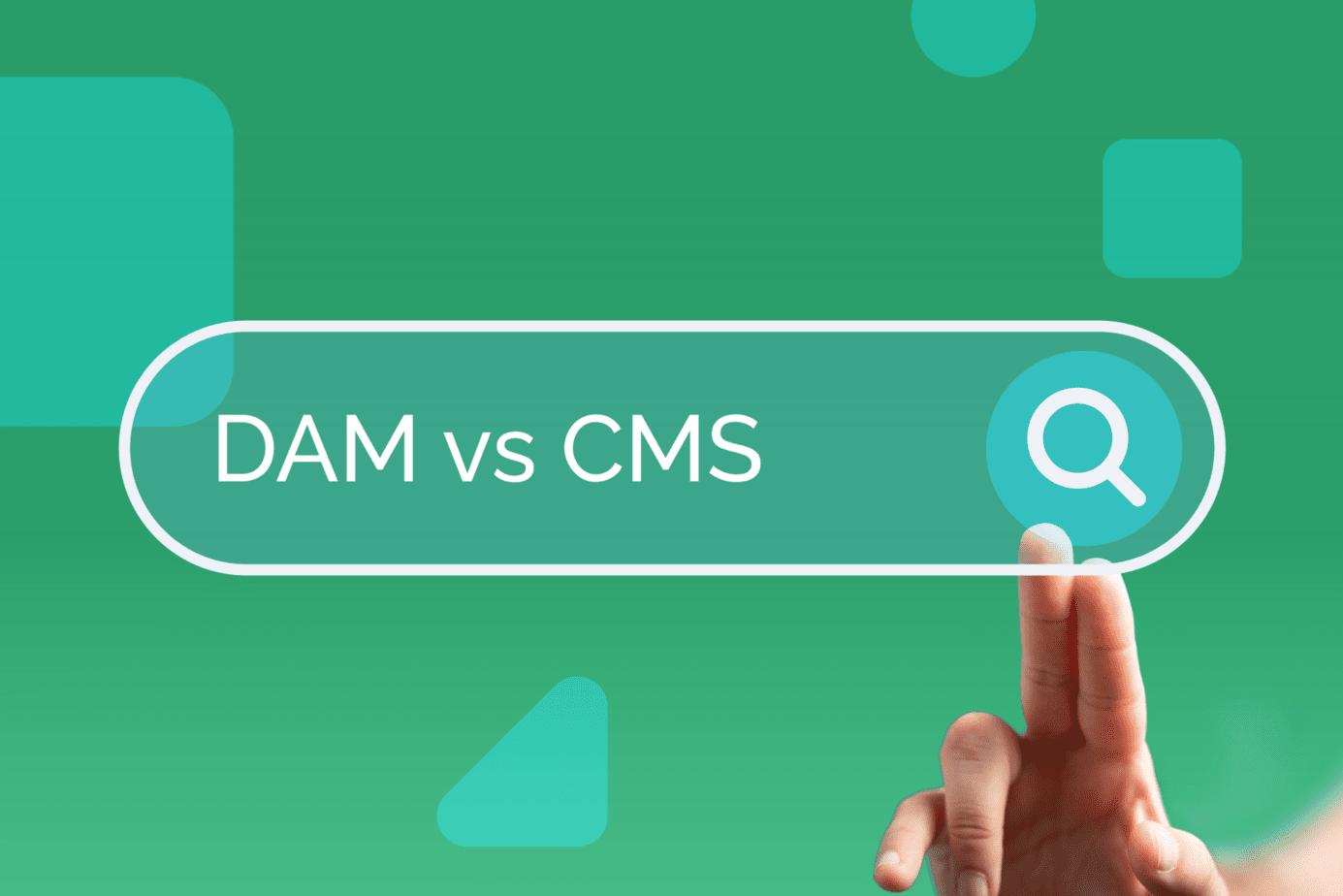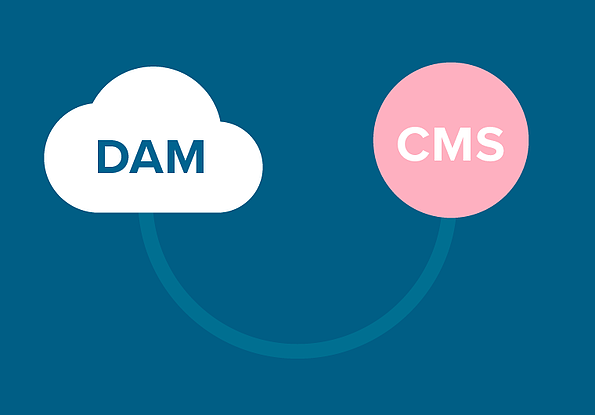
Did you know that content management is essential for companies that want to maintain a good online presence?
If you are not yet aware of this, we can tell you. That's why two of the most widely used tools for managing and distributing content are DAMs and CMSs.
Although at first glance they may seem similar, there are some differences between them, in this article we tell you about them and also how businesses can benefit from them.
What is DAM?
Digital Asset Management (DAM) is a software tool designed to efficiently organize, store and distribute digital content.
With DAM systems you can manage most digital files: images, videos, audios, documents, presentations, graphics.
In addition to version tracking, usage history statistics, increased security with user permissions and even reformatting, resizing and enriching assets with custom metadata and keywords.
So by using a DAM system you ensure that your business employees have the ability to access the necessary resources from a centralized location that helps maintain a consistent brand image across the multichannel strategy.
Benefits of DAM
The use of a DAM system brings a number of benefits especially for companies that handle large amounts of digital assets. Some of these are:
- Organization and efficient search: The use of tags, metadata and keywords makes it easy to locate the necessary files without wasting a lot of time.
- Simultaneous access and collaboration on assets: This allows teams to efficiently share, review and approve assets.
- Consistency and brand control: The DAM allows you to set permissions and restrictions to monitor who has access and who can modify assets.
What is a CMS?
CMS, also known as content management system, is a is a platform that makes it easy for companies to create, edit, publish and manage all the content of their website, mobile app or software application.
You can use a CMS to generate new pages, add text, upload images and videos.
Although a CMS includes a media library that serves as a repository for media files shared on the web (photos, videos, audios or documents...), you should only store media files that are part of your website, not for other uses.
The CMS is commonly used to manage websites and blogs,giving non-technical users the ability to update and maintain their content without programming knowledge. Some well-known CMS tools are: WordPress, Drupal y Shopify.
CMS Benefits
Using a CMS presents a number of advantages for those who wish to manage and publish content online. Here are some of the most important ones:
- Ease of use, CMSs are designed with usability in mind, making it easy to create and edit content even for those without deep technical knowledge.
- They give you the option to customize and adapt the design and functionality of your website, through a wide range of themes, templates and plugins.
- All content can be managed from a centralized location. This facilitates updates, monitoring and control of the information published on the web.

Key differences between DAM and CMS
Although digital asset management and content management systems have certain similarities, they also have differences. Here are some of them:

Ultimately, both digital asset management and content management systems are powerful tools that help improve the efficiency and organization of content in an enterprise.
So if you are looking to maximize your online presence and manage your digital content efficiently, consider implementing a DAM or CMS according to your specific needs.
If you have made it this far and still have a bit of confusion with the digital content of your business, you know: at Listica, we help you understand what you need.
